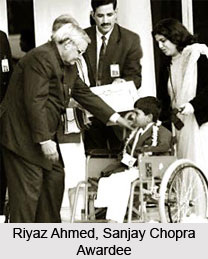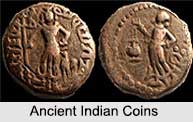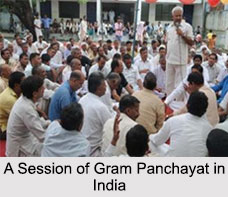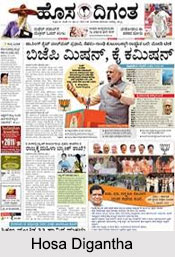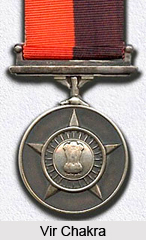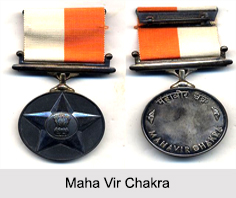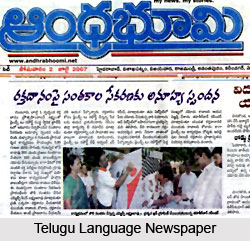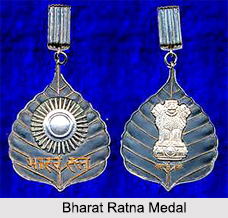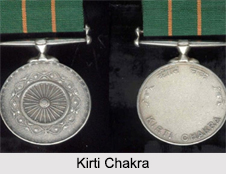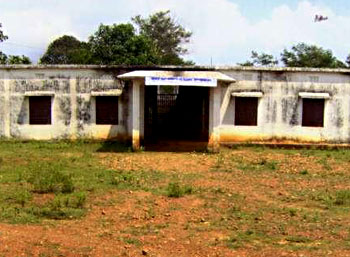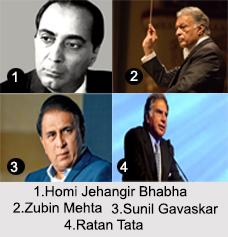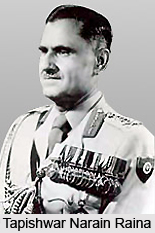 Tapishwar Narain Raina hails from an eminent family of Pandit Bhawani Prasad Razdan.He was a notable scholar of persian language and culture. Tapishwar Narain Raina educated at Ludhiana.His father was a postmaster there.
Tapishwar Narain Raina hails from an eminent family of Pandit Bhawani Prasad Razdan.He was a notable scholar of persian language and culture. Tapishwar Narain Raina educated at Ludhiana.His father was a postmaster there.
Tapishwar Narain Raina was first commissioned into Kumayun Regiment.He fought second world war as 2nd Lieutenant .During this time he was seriously wounded and lost an eye. But he continued his military career with glass eye. Tapishwar Narain Raina was posted as the Brigade Commander in the, Ladakh region in 1962, during the war against Chaina. He was awarded the Maha Vir Chakra for his exemplary performances in this battle. Tapishwar Narain Raina was promoted to the rank of Brigadier General and commanded Corps in Siliguri, West Bengal. In 1971 he rose to the rank of Lieutenant General and posted as the GOC the Khulna sector. For his courageous leadership in the 1971 war he was awarded the Padma Bhushan - India`s third highest civilian honor. In 1975 he was selected as the Chief of Army Staff of the Indian Army.During his tenure Prime Minister imposed the emergency. But Tapishwar Narain Raina decided not give the Army`s support.Raina told firmly to the Prime Minister that "the army would not be used to `further her ends` but obey only those orders of a `legally construed government.`
.This decision to keep the Army out of the politics is considered very essential and relevant. Tapishwar Narain Raina retired in 1978 after serving 3 years in this post. After that he was sent as the Indian High Commissioner to Canada.





